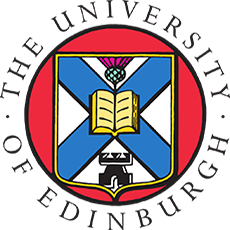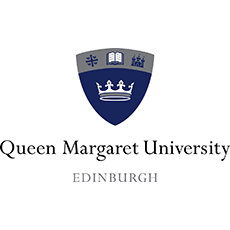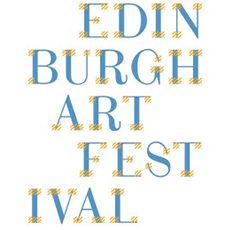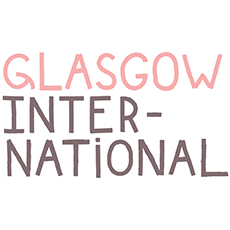Making art and making a living: The role of festivals in contemporary arts careers
Published: 3 October 2017
This project with University of Edinburgh, Queen Margaret University, Edinburgh Art Festival and the Glasgow International Festival of Contemporary Visual Art looks at artistic careers and the role of arts festivals in supporting and sustaining artists.

Project Description
Government strategy is increasingly concerned about the ‘pipeline’ for talent into the creative economy. This project investigates getting in and getting on in artistic careers, focusing on the role of arts festivals in supporting and sustaining artists. The project creates an new partnership across Scottish arts and higher education to better understand the importance and value of key institutions in the face of a precarious, uncertain, but also potentially highly rewarding, part of the contemporary creative economy.
Partners
 |
 |
 |
 |
Student Name
Nikki Kane
Academic History
2006-2010, MA (Hons) History of Art, University of Glasgow
2014-2015, MRes Creative Practices, Glasgow School of Art
2016-2017, CuratorLab – Konstfack, Stockholm
Supervisors
Dr Dave O'Brien, University of Edinburgh
Dr David Stevenson, Queen Margaret University
Research Interests
Contemporary art festivals, Curatorial models, Artistic labour. Cultural policy and economics
Previous Research Projects
'Body at work: a study circle on contemporary labour’
Commissioned performances and a publication of new works from four artists / writers.
Stockholm, May 2017
This curatorial research project presented a publication and a series of study circle sessions that used performance, reading meetings and discussions to explore issues of contemporary labour, with particular reference to experiences of the body and ‘choreographic’ approaches.
Re-scoring the choreographies of the river
Glasgow - Summer 2015
An investigation into the River Clyde within Glasgow’s city centre that used curatorial and artistic approaches, including a symposium event within the historical Clydeport building and on a boat journey on the river, to research and propose alternatives for its future.
Contact Details
First published: 3 October 2017

